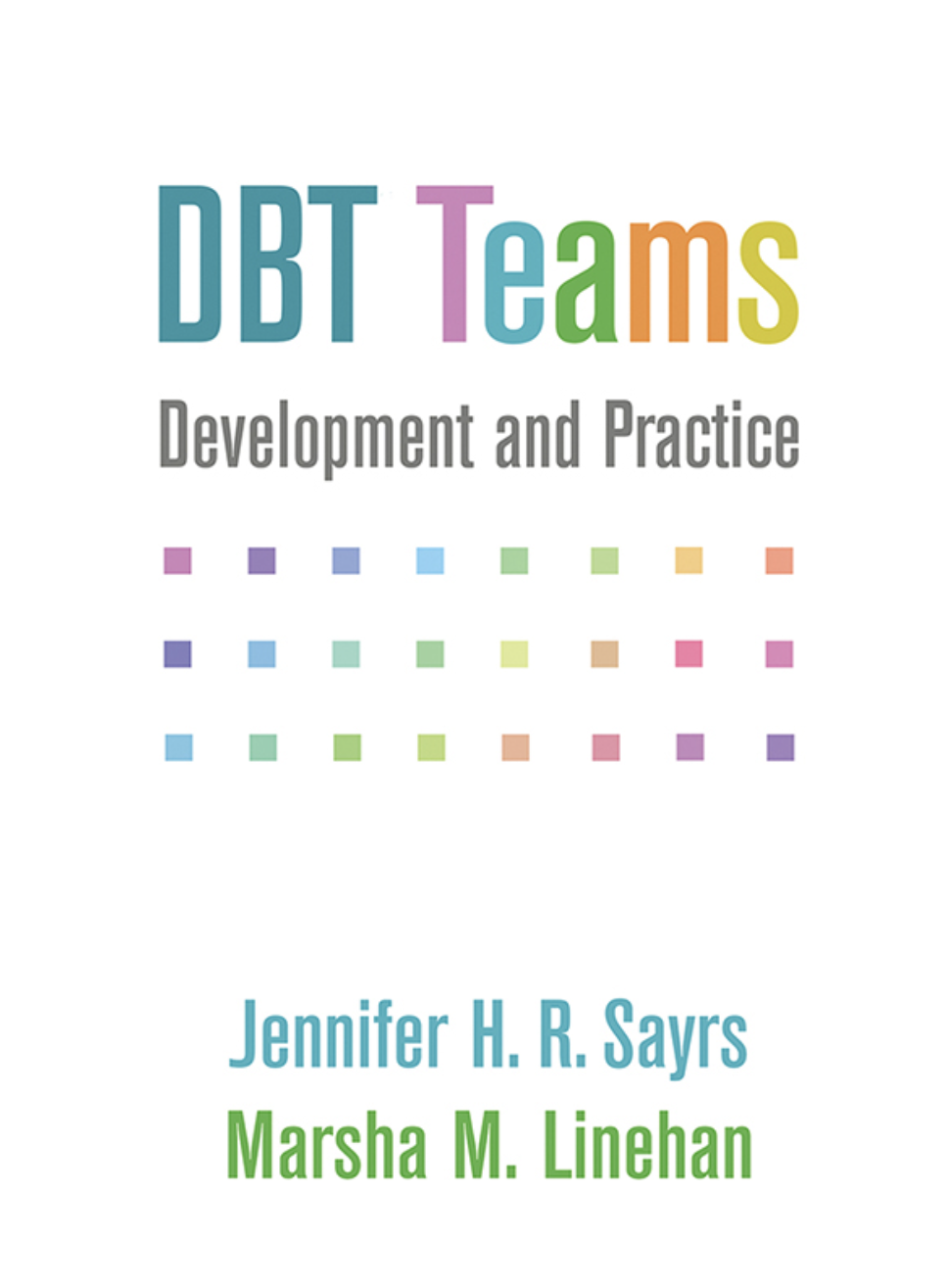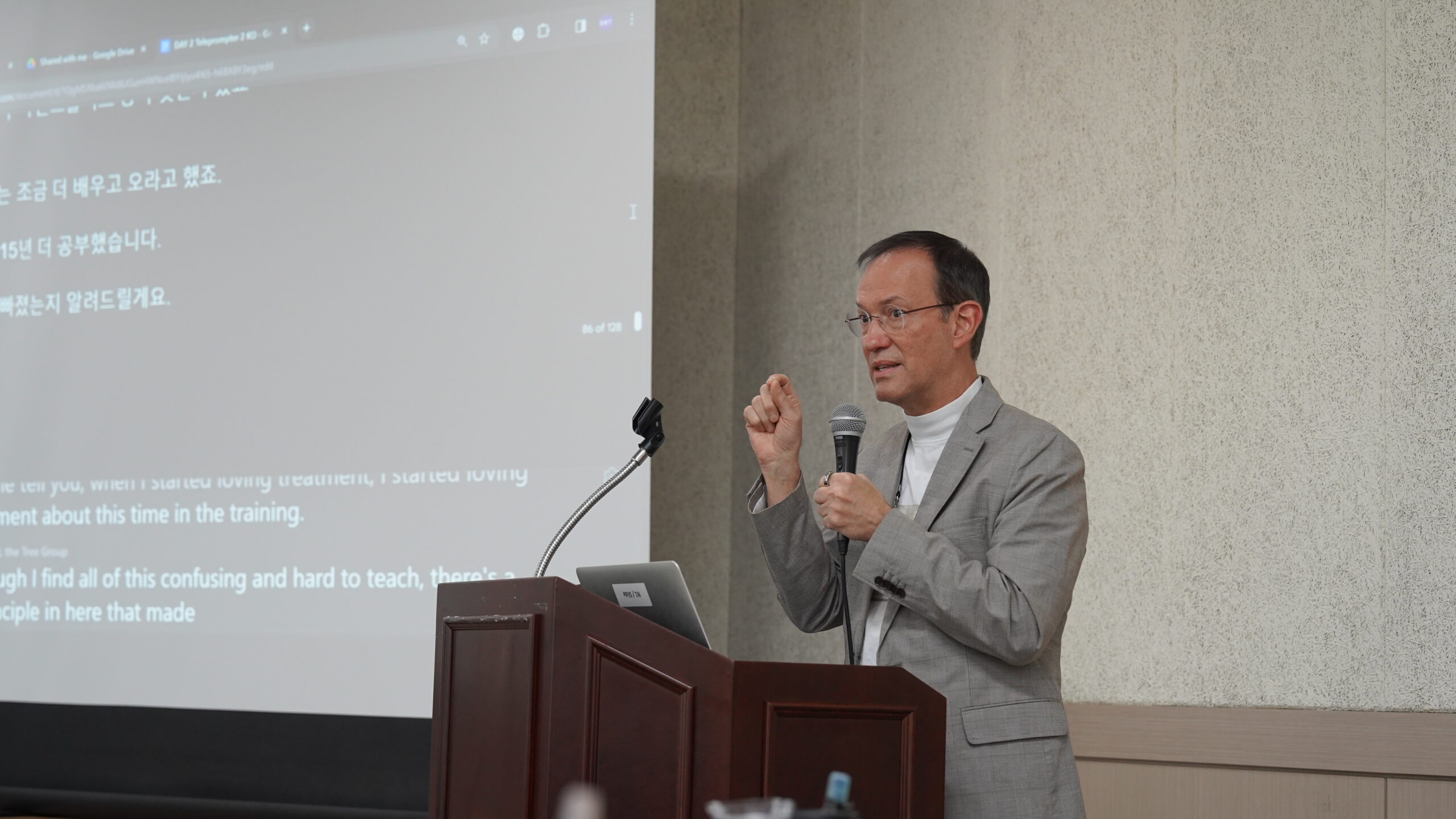
Changing Patterns of Suicide Behaviors in Children and Adolescents: A Study on Racial Differences and Risk Factors
The study introduced here examines how adolescent suicide behaviors in the United States are evolving, particularly focusing on racial differences and risk factors. African American adolescents are of special interest, and the study discusses their suicide rates, considering factors such as age, gender, and triggering environments. The research also points out that the term “youth” often excludes children aged 5-11 and typically refers to middle and high school students.
For children aged 5-14, suicide incidents frequently occur at home, often related to family and school issues. Instances of self-harm within 24 hours after disputes were common, with a higher proportion among females compared to males. Additionally, being diagnosed with ADHD was identified as one of the risk factors. On the other hand, among adolescents aged 15-17, relationship problems and recent involvement in crime/legal issues were major triggers, often accompanied by leaving behind suicide notes. Risk factors included depression, persistent depressive disorder, and substance abuse issues.
For female children and adolescents, interpersonal relationship issues were the primary triggers, often leading to risky behaviors within 24 hours after conflicts. Risk factors included physical health problems, a history of past suicide incidents, plans, attempts, current mental health problems, and past psychological treatments. Depression and persistent depressive disorder, as well as anxiety disorders, were also identified as risk factors for suicide behaviors. Among male children and adolescents, recent involvement in crime/legal issues was a significant risk factor, and the risk increased for those diagnosed with ADHD.
This study emphasizes the seriousness of changing trends in adolescent suicide behaviors as revealed by statistical data. It asserts that since suicide is preventable, efforts must be made in various community sectors, including educational and religious institutions, to prevent such behaviors. Drawing an analogy to a natural bridge formed over time in the Himalayas, the study suggests that it will take time for a suicide prevention network to develop within local communities. However, as connections for youth suicide prevention increase in our society, pathways for problem-solving will emerge.
The growing interest in suicide behaviors among young children and minority groups, previously overlooked, holds significant meaning. Through research on these topics, more policies, support systems, and protective measures can be established, and the number of researchers dedicated to this cause will also increase. We hope for a stronger focus and collaboration towards those who live as minorities in our society.
DBT NOW

















